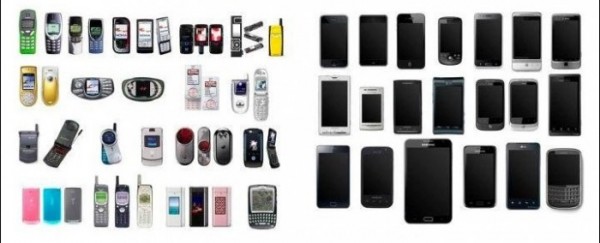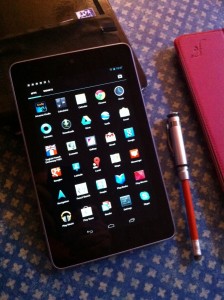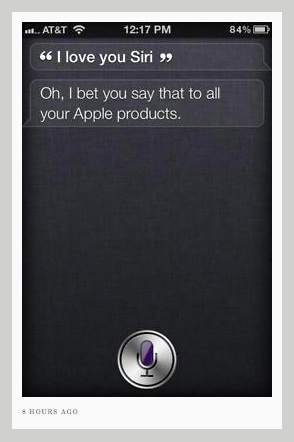Thomas Kuhn portrayed scientific research as long periods of “puzzle-solving” based on an accepted paradigm, with occasional bouts of revolutionary upheaval during which one paradigm is replaced by another. (See my extended essay on Kuhn, celebrating the 50th anniversary of his great book.) Much the same goes on in technology, IMHO. At the moment, we’re in a phase of “normal” technology with everything based around the paradigm of a smartphone laid down by Apple with the iPhone. This graphic (from CultOfMac) makes the point well.
This NYTimes piece starts to make the same point, but then gets a bit lost. Still, good in parts.
The iPhone 5 that Apple introduced last week with only incremental changes seemed to signal that the industry has entered an era of technological bunny hops.
Faster chips, bigger screens and speedier wireless Internet connections are among the refinements smartphone users can count on year after year in new models, most of them in familiar rectangular packages. They are improvements, to be sure, but they lack the breathtaking impact the first iPhone had, with its pioneering fusion of software and touch screens.
“Since then, it has been kind of incremental,” said Chetan Sharma, an independent mobile analyst. “It does not feel like there is a big shift.”
Yep. See also this Observer column about how we’re stuck in an app-centric rut for the time being.



